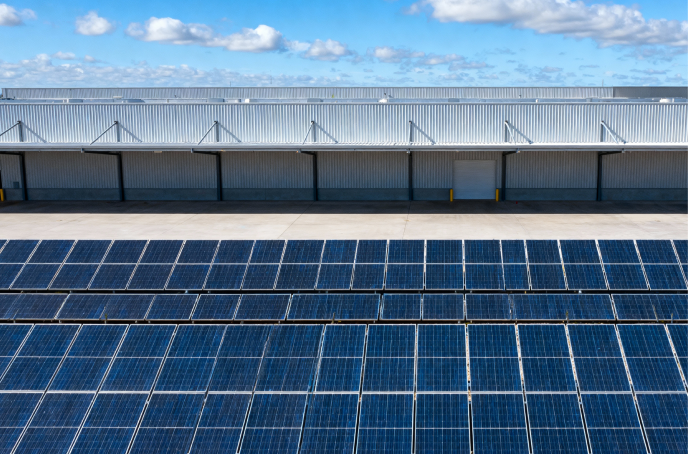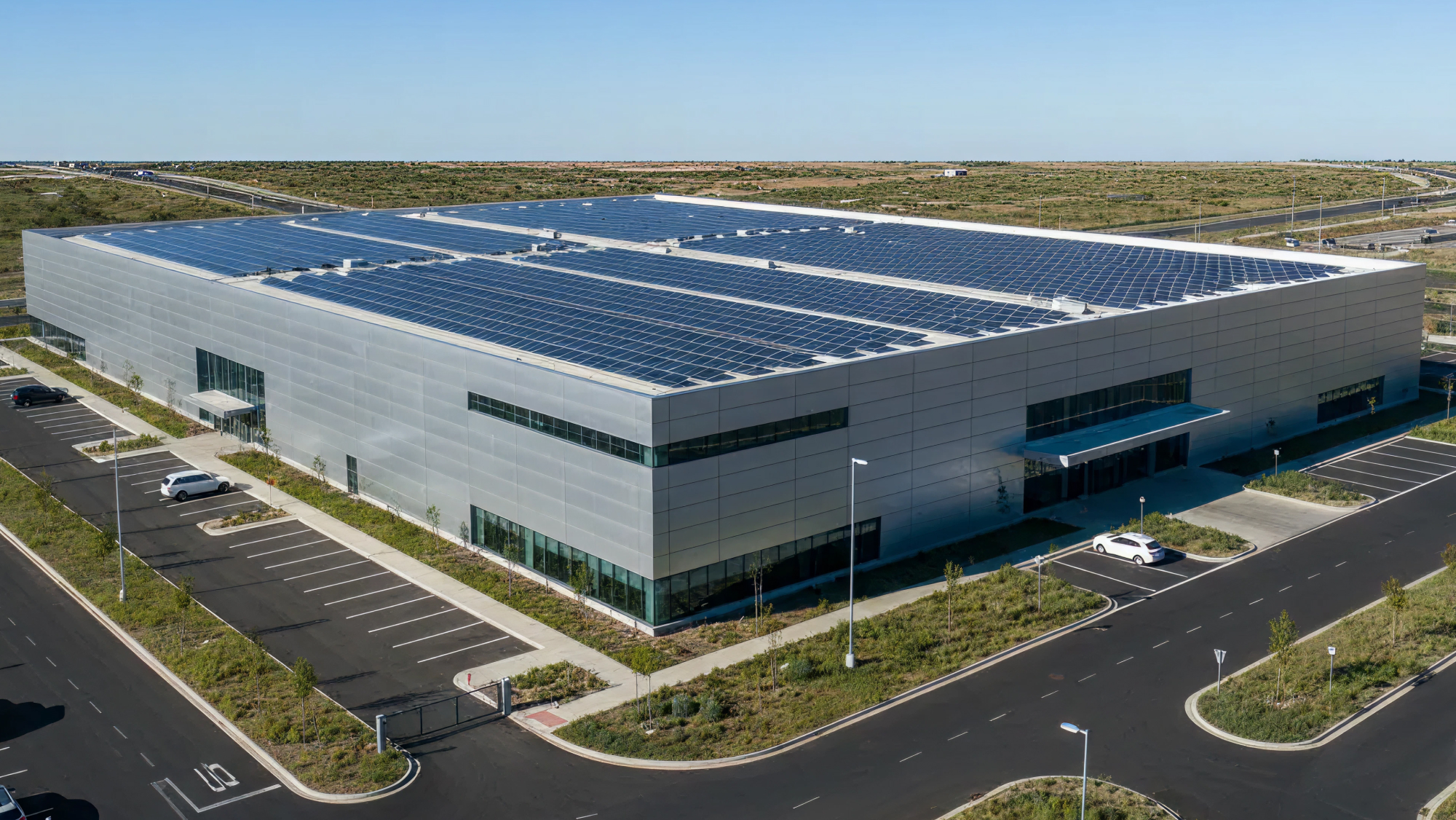Energy Terms Explained

When discussing solar, there seems to be many energy terms and metrics thrown around. What do they really mean? The goal of this article is to help put these concepts into context.
Fundamentals
Let’s start at the beginning, before solar even comes into play. Every building consumes some volume of electricity, and this consumption often follows a pattern determined by the humans and machines that occupy the building. We call this volume and pattern of energy consumption the Load Profile (the term “load” comes from the way utilities think about the “burden” that a building’s usage puts on the electric grid). Ideally, we get highly granular utility data to see your building’s Business As Usual (“BAU”) Load Profile. This Load Profile is easily visualized on a chart to reveal your building’s daily and seasonal usage pattern -- the very same data your utility uses to determine your BAU bill. Some operations, like offices, consume most of their energy during normal business hours while their team is at work...

...while other operations run 24/7, like shipping, data centers, and the cold supply chain.

Why This Matters
Your Load Profile determines your utility expense. It also determines the value of installing a solar power plant on-site to reduce utility expense.
Understanding a building’s Load Profile is crucial to several pieces of our analysis including:
- estimating the BAU cost of energy“
- “rightsizing” a solar asset
- determining the value of the solar asset
Utility Rates
Your utility rate is a price per unit of energy. The tariff is the whole set of rules that govern which rate is applied, when. Often, the two terms are interchangeable, yet it’s a useful to know the difference. Often, a tariff may contain a time-of-use (“TOU”) rate that charges one price at, say 8am and another, potentially very different price at, say, 4pm. Another common tariff type is a tiered tariff, where your first x units of energy are one price and the next y unit are another price.
Imports & Exports
Today (and for the entire 100-year history of electrified society), most buildings import 100% of their energy from the utility’s electric grid, or just the “grid”. Expressing this flow as imports becomes useful when you generate some of your own solar energy on-site: you export your excess solar energy to the grid. Your electricity meter is where imports and exports are measured.
Another important distinction when discussing solar panels and systems, is the difference between
- kilowatts: kW worth of solar panels
- kilowatt-hours: kWh worth of energy
kW is just like horsepower and measures the size of any power plant, be it solar, coal, hydro, natural gas, or nuclear (though large, central generating stations are generally expressed in megawatts (MW)). kW is a static figure -- a 500 kW solar array doesn’t care whether the sun is up or down, it’s still a 500 kW solar array. Run a 500 kW power plant at full capacity for 1 hour and you get 500 kWh of energy. Your utility measures both kW and kWh to determine your utility bill. Utilities generally refer to the kW portion of your bill as demand charges. Nobody knows why.

Putting It All Together
I’m a building owner and have a 10-year triple net lease with a desirable commercial tenant. My tenant consistently uses about 2,400,000 kWh of energy per year and manages their own service agreement with the utility. I’m deciding whether it would be profitable for me to add solar to the roof.
The tenant has shared their utility data with me and I can see that their BAU Utility Bill (before solar) is around $1.6M per year. The roof is around 90,000 square feet. Using Lumen’s analysis, I can see that 500kW of solar panels would be most accretive. The solar asset would generate 860,000 kWh of energy in its first year of production, and 13.3 million kWh over its lifespan. The asset would generate enough energy to supply my tenant with ~36% of their total annual energy consumption.
Depending on their usage pattern, some of the solar energy may be exported to the grid. For example, energy would be exported at high noon on a cloudless weekend day in June, when the solar power plant is near peak energy production while the building is largely empty -- that excess energy goes to the grid. Because energy is often valued differently when imported versus exported, understanding this dynamic helps me determine the Utility Bill After Solar.
The tenant’s BAU Utility Bill After DER is reduced by $740,000, which is the source of all value of the solar project.



